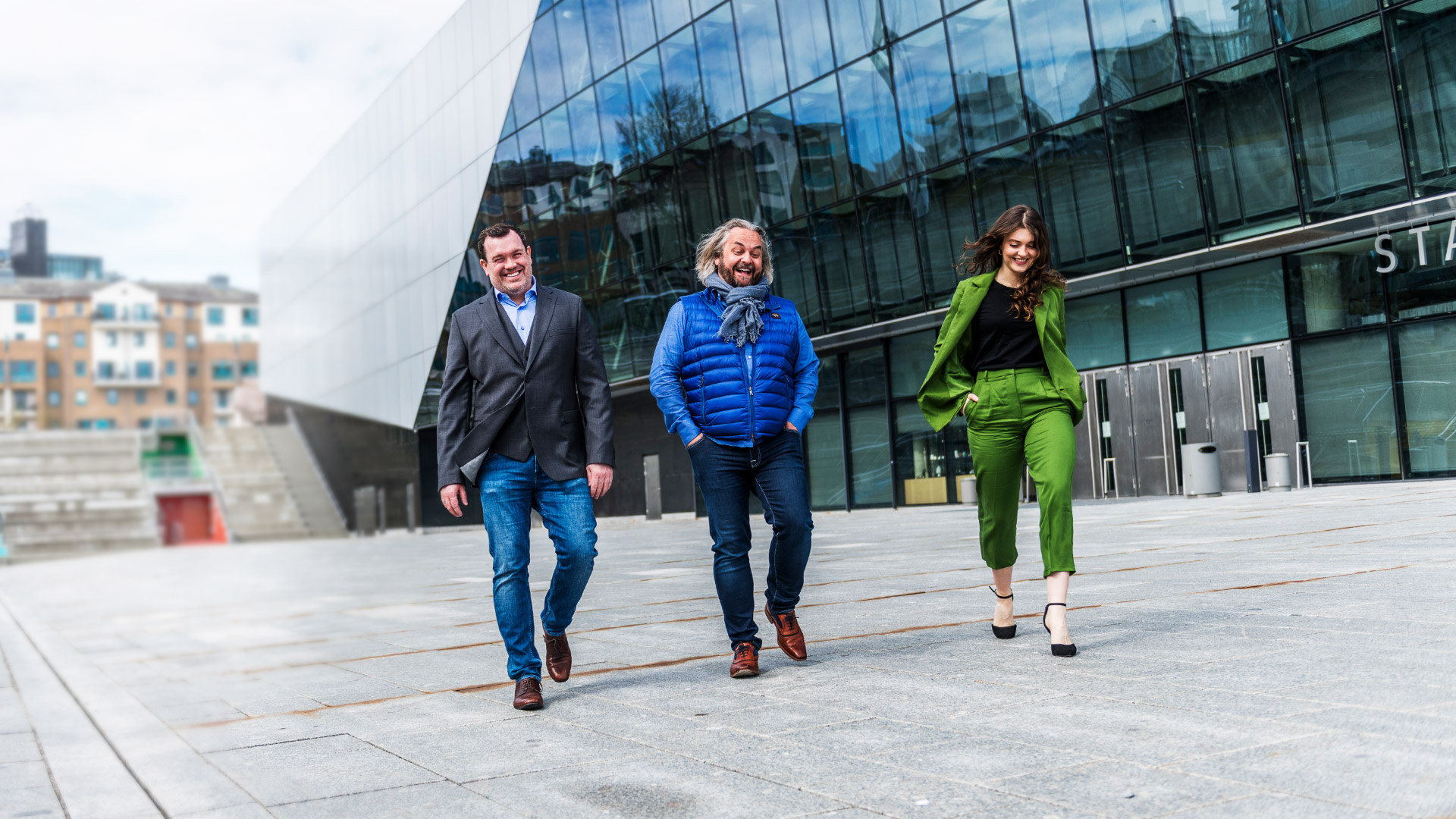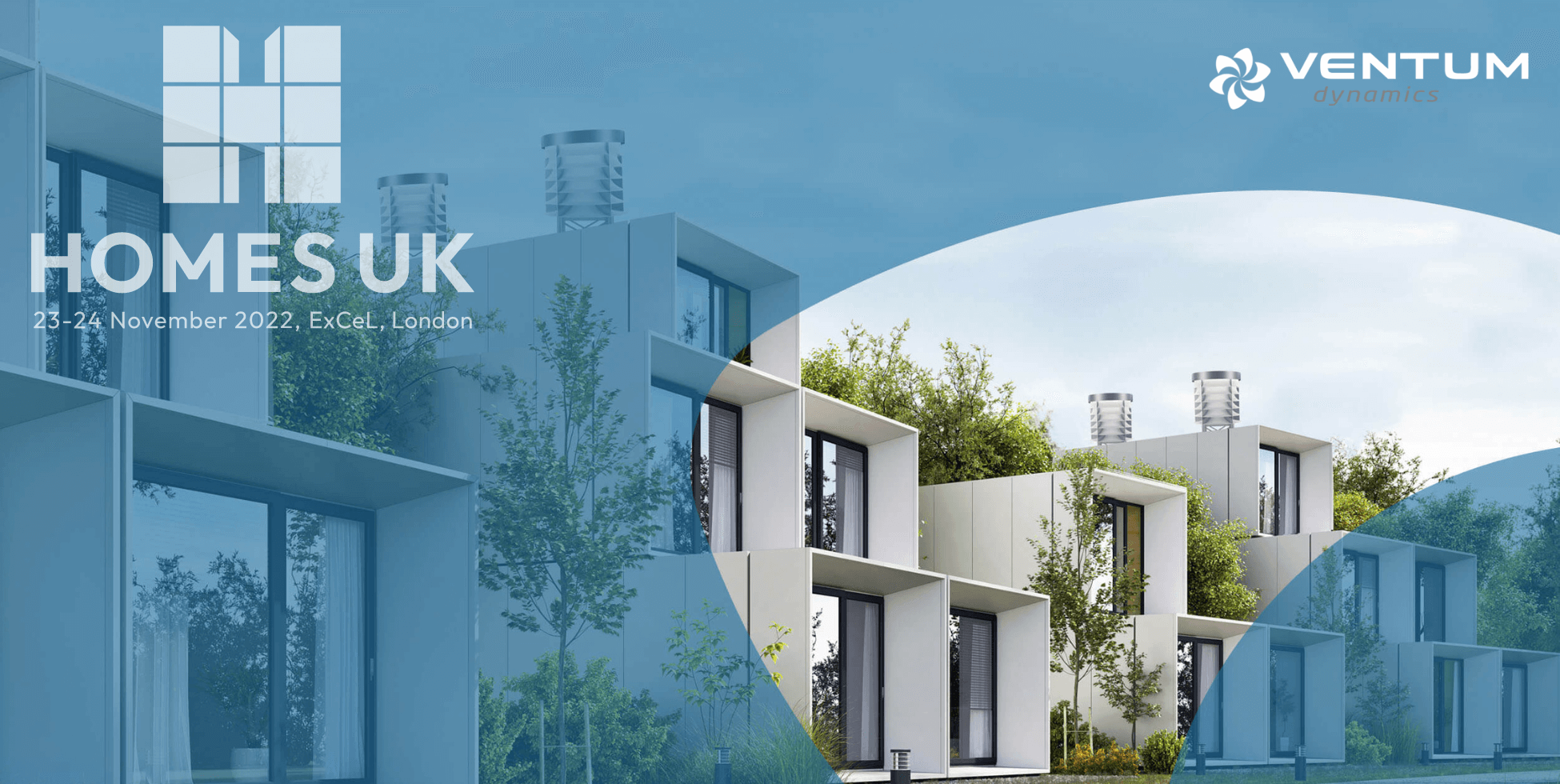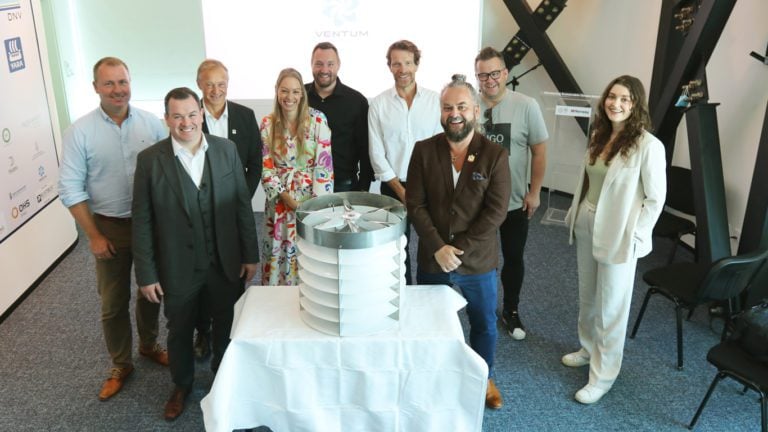“How many rooftops are there on our planet? A billion?”
Christopher Bisset-Nilsen, founder of the company Ventum, leaves the question hanging for a moment before continuing: “The number of flat roofs alone is simply enormous – largely on account of commercial buildings, factories, office blocks and so on. And all these acres of space are currently used for nothing at all!”
This is precisely what Christopher and his colleagues at Ventum Dynamics are committed to doing something about. After years of development and testing, they are now ready to launch a globally unique product in the power sector: horizontal wind turbines, designed to capture the latent energy to be found on the top of buildings. The idea is for the Ventum wind turbines, often in combination with solar energy, to enable owners of both commercial buildings and private residences to generate their own electricity – anywhere in the world. And there is already a huge global interest in the product.
Perfect timing
“To date, we’ve signed letters of intent for the delivery of more than 250,000 units,” relates Christopher. “We’re seeing interest from heavyweight commercial property owners and developers who have spotted the potential in Ventum which, combined with solar panels and a battery bank, opens the door to 24/7 power generation, neatly eliminating the issue of instability.
This autumn, companies and households all over Europe are facing a steep increase in their energy prices.
“The timing couldn’t be more perfect,” adds Christopher. “Look at the situation in Europe today. Fuel shortages, gas suppliers going bankrupt – and coal-fired production making a comeback in the UK! We know that global energy consumption is set to double over the coming 30 years, primarily on account of population growth and people moving into the cities. At the same time, we’re facing these huge climate challenges. The ink has barely dried on the alarming report from the UN climate panel and global warming is a genuine, tangible issue – and new, green solutions will demand huge volumes of electric power.”
The boy in the wind
Christopher Bisset-Nilsen has lived a life influenced by the wind from pretty much every perspective. He was born in the maritime town of Haugesund, grew up on the windswept island of Utsira in the mouth of a fjord facing the North Sea, and he lives in the southwestern lowland area of Norway.
“I became interested in the opportunities inherent in the wind from an early age. Utsira was the first place in Norway to install wind turbines that were connected to hydrogen batteries. That was back in 1992; I was 13 years old and found it hugely exciting!”
Having completed a Master’s degree in management and economics, Christopher found employment in the oil industry. He then moved into the world of finance, but a couple of years later he’d had enough. “I simply couldn’t handle the moral approach, the ethics,” he says, without elaborating.
The next sector he tried was HVAC, where he worked with sales, management and finance for ten years or so. And so it was that late in 2016, while he was standing with a colleague on the roof of a building in wind-blown Jåttåvågen, just south of Stavanger, the idea came to him.
“At that time, the newspapers were filled with debate and discussion about the construction of wind farms in our beautiful, unspoiled countryside, so I jokingly suggested that it would be better to put them up here on the roof,” recalls Christopher.
Horizontal and brilliant
The thought stuck and simmered in his mind for a few days. Christopher then mentioned his idea to an acquaintance at the Sikorsky company, who immediately asked: “Who says wind turbines have to stand up? Why can’t they lie flat, like a helicopter’s rotor blades?”
Eureka! Christopher contacted a technical designer and commissioned a series of sketches. He then had a prototype constructed, the first version of his invention. “I named it the ‘Death Star’. I’m an old Star Wars fan, you know!”
The prototype was thoroughly tested both indoors and out, and the results were promising. However, product development is a costly pursuit, so it wasn’t until Christopher teamed up with a former acquaintance, Wolfgang Krohn, that the project really picked up pace.
“Wolfgang organised the financing necessary for us to continue our work. We developed a version 2.0, ran some new tests, and gradually came to realise that this was an idea with a vast potential.
There was still room for improvement, however, and with the assistance of a specialist in commercialisation – and following a little more adjustment and testing – Ventum is poised to unveil its version 3.0, happening at The World Expo.
“We’ll still have to make a few minor adjustments, but we’re ready to launch Ventum on the European market in early 2022. We’ll then, also in 2022, be looking to the United States. We’re already in dialogue with some heavyweight operators there, looking at a solution that could see Ventum being sold through 2,000 outlets,” reveals the founder.
Building on centuries of Norwegian Hydropower expertise
Christopher makes no secret of the fact that he’s proud to be able to continue a Norwegian tradition for innovative energy solutions. For centuries, the Norwegian people have tamed the power of falling water; today it is the gods of the wind who are to be tamed.
“Oh yes, Ventum is a completely Norwegian initiative. And production will be sited here, on our home turf. Moreover, I’m proud to say that the Ventum concept is green through and through,” affirms Christopher.
“The fibreglass used for conventional wind turbine blades cannot be recycled, so exhausted material has to be used as landfill. In contrast, every single Ventum wind turbine is made of recycled material: ships’ hulls and plastic from the sea, for instance. What is more, the plastic is labelled with a QR code so you can see exactly where the materials come from in the world – 100% traceability!”
The genius of the Ventum solution is that it generates power precisely where it is to be used. This means there’s no need to connect it up to a power plant, there’s no need to dig ditches and channels, and there are no unsightly power lines through woodland and over meadows. Nor is there any energy loss due to transport.
“This solution is about as eco-friendly as it gets. Moreover, it’s silent, it’s easy to install and it creates no visual disruption.”
Concerned and humble
Christopher is optimistic when it comes to the company, but simultaneously expresses his concern about the condition of the world.
“I’m terrified by what we’re doing to our planet. I look at my two boys aged 6 and 8 and ask myself: What’s left for them? What kind of world will they inherit?
“I want to help change our way of thinking. COVID-19 has forced us all to make a new start; for example, we’ve realised that not all meetings need to be presential, and that we can fly less. We’ve seen how fast Mother Nature responds to change: more white-tailed eagles, more whales, animals appearing in urban settings. So actually doing something does make a difference!”
Even though Ventum Dynamics is eyeing the start of an industrial fairytale, Christopher still takes a balanced view on the role his idea can come to play.
“Ventum isn’t the entire solution for the future. But we do want to make a significant contribution. We were the first to bring this technology to the market, and that’s something in and of itself. Both as a stand-alone and together with operators in the solar energy industry, we’re in a position to create a unique, sustainable solution for the energy needs of the future,” he concludes.
***




